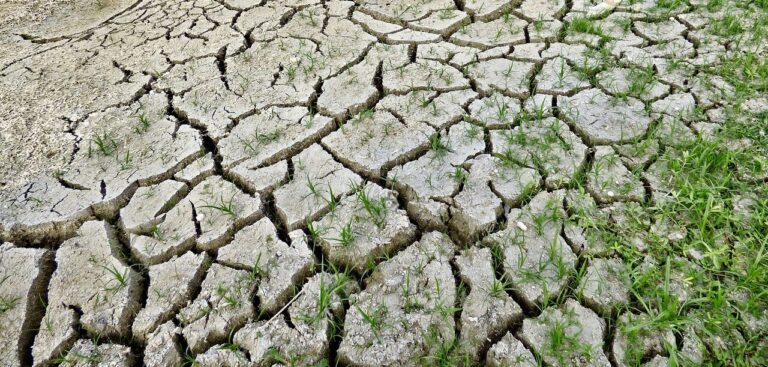A new international study has confirmed that droughts across the world are developing more rapidly as a result of climate change.
According to the team of researchers from China, the UK and the USA, flash droughts, which intensify in a matter of weeks, have become more frequent since the late 1950s over 74% of the world’s 33 global regions, especially in North and East Asia, the Sahara and Europe.
Dr Peili Wu, senior climate scientist at the UK Met Office and study co- author, said, “The transition to more flash droughts is being driven by a combination of rainfall deficit along with amplified rates of soil moisture loss.”
The paper highlights that the transition from slower-onset droughts to flash droughts is projected to expand to most land areas. This transition will become most pronounced with higher rates of global greenhouse emissions.
While drought begins with the absence of rain or snow, increased temperatures and stronger winds can rapidly amplify the loss of moisture in the soil, exacerbating the speed of the drought’s onset and impacts. This rapidity can lead to the creation of a flash drought.
Flash droughts gained prominence following events in 2012 in the USA, and 2013 in China. “Like many flash droughts these events caused massive impacts with economic losses and extensive damage to crops,” Wu said.
The researchers also looked at how droughts will change in the future. They compared the results with both moderate and very high greenhouse gas scenarios. In both scenarios, future projections show an increase in the speed of drought development in most regions and an increase in the number of flash droughts compared to slower forming droughts.
This research provides new insights into how droughts have been changing in different regions around the world and the role of human-induced climate change in driving an increase in drought onset speed. The underpinning research is fundamental to understanding the changing characteristics of droughts and to inform existing drought monitoring and warning frameworks.
To view the complete study A global transition to flash drought under climate change published in the journal Science, click here.



